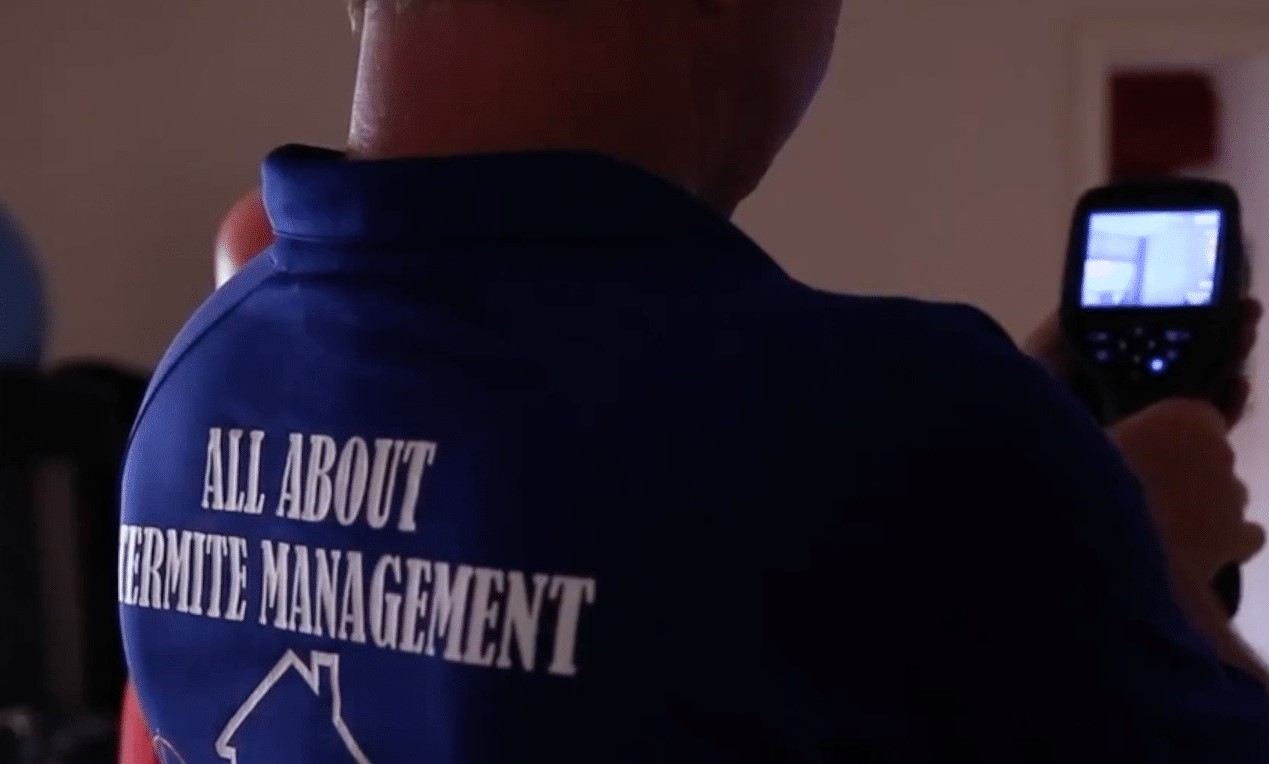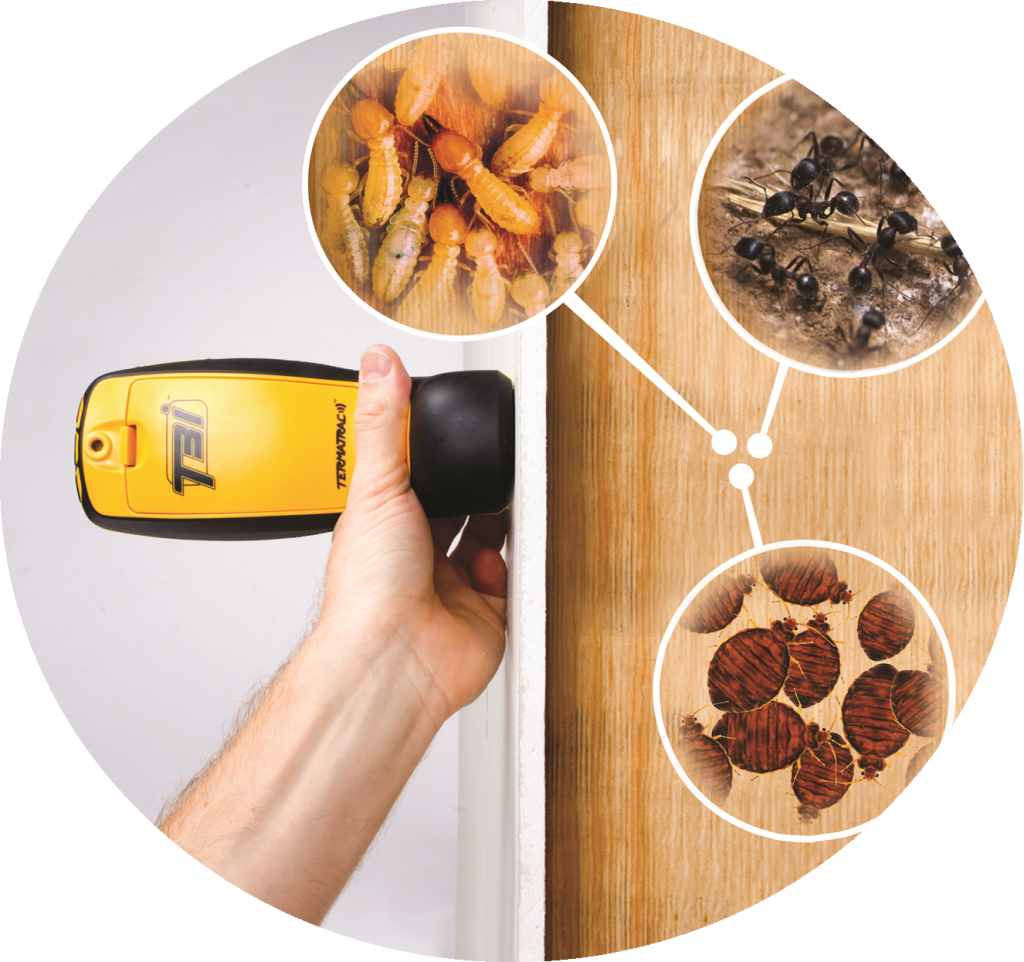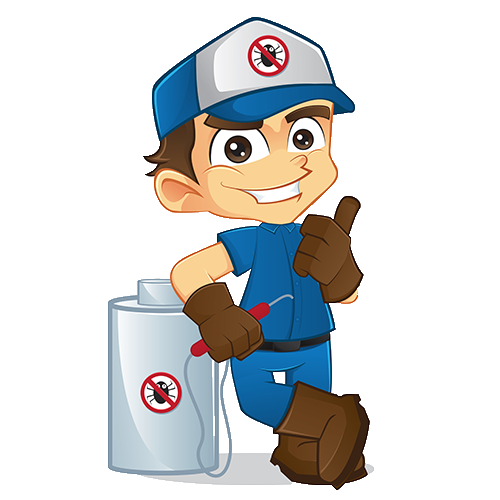
Chemical Treatments
Food For Thought
Termites are very intelligent social insects that live in well-formed colonies. At maturity a population of termites can range from several hundred to several million individuals. Termites will construct & utilize a complex system of galleries from their central nest to the food sources they have located. A gallery system from a single nest has the potential to reach up to 50 metres from their central location & can potentially cover as much as one hectare. A disturbing scenario considering this is only one nest.

Gaining Access
Whether the nest is a ground mound (nest visual at ground level), arboreal (nest in a tree, fence post, power pole etc) or subterranean (underground nest) they can all cause considerable damage if left undetected. When termites track up a fence post or external wall of a building it is quite apparent. However termites are masters of concealment. All too many times, termites will gain access into a building at a subterranean (underground) level i.e. between the footings of a building & the concrete slab, between the footings of a building & the base section of the brickwork, through cracks in a concrete slab, by gaining access through the centre of a building pier. These potential entry points are to name just a few.
Often by the time they are detected they have already done a considerable amount of damage to the timbers in your home. What is even more unsettling is that the majority of this damage will be concealed & is only apparent through a more comprehensive physical invasive inspection i.e. gaining access to previously inaccessible areas, the removal of internal wall linings to view internal wall timbers, removing roof tiles to view inside wall cavities etc.

Choosing A Termite Management Program
1st Step
Whether you choose to have termites treated with the traditional method of chemical application or the use of a low toxicity baiting system one thing remains the same. Minimal disturbance of termites is critical. This is a very important thing to consider if you the homeowner do find active termites. The initial step in any termite management program is a visual termite inspection. This must be done in accordance with the Australian Standards. Think of this as an initial assessment of what steps need to be taken to reduce the threat to your home. But more importantly what steps need to be taken to protect it from termites.
Minimal Disturbance
Initial Treatment
Transference
It is an absolute necessity to have all suspect areas of the building opened by way of further physical invasive inspections. To cover all bases so to speak. All suspect areas must be opened to determine whether active termites exist in concealed areas (if so a re-treatment of these areas is necessary). It is also for the purpose of locating any termite entry points. This can potentially give you a bigger picture as to how & why the termites gained access into your home. We consider it to be essential to have a builder present at the time of this further physical invasive inspection. Having the builder present will also be beneficial as you will also be educated on the extent of the damage found & the likely costs of these repairs.
Once it has been determined that the activity within the building has ceased. It is then necessary to install a chemical treated zone around the perimeter of the building. This involves the removal of the soil abutting the external walls of the building, down to below the footing level of the building. Where concrete paths & driveways are abutting the external walls of the building the 1st option is to cut this concrete away & remove the soil as previously described. If the concrete is not cut away the 2nd option is to drill through it & inject the termiticide underneath these concreted areas.
The purpose of this work is to provide a complete & continuous treated zone around the external perimeter of the building. The trenched areas are then backfilled with soil & treated with a APVMA registered product i.e. termite chemical (termiticide) as per Australian Standards AS3660.2.2000. Your home is now protected with a termite chemical treated zone. It important to note that further termite inspections will be recommended & considered to be essential at 3 months after the installation of the treated zone & again at 6 months after the installation of the treated zone. This is a very important part of the termite management program as it will give an indication of how the treated zone has performed.


